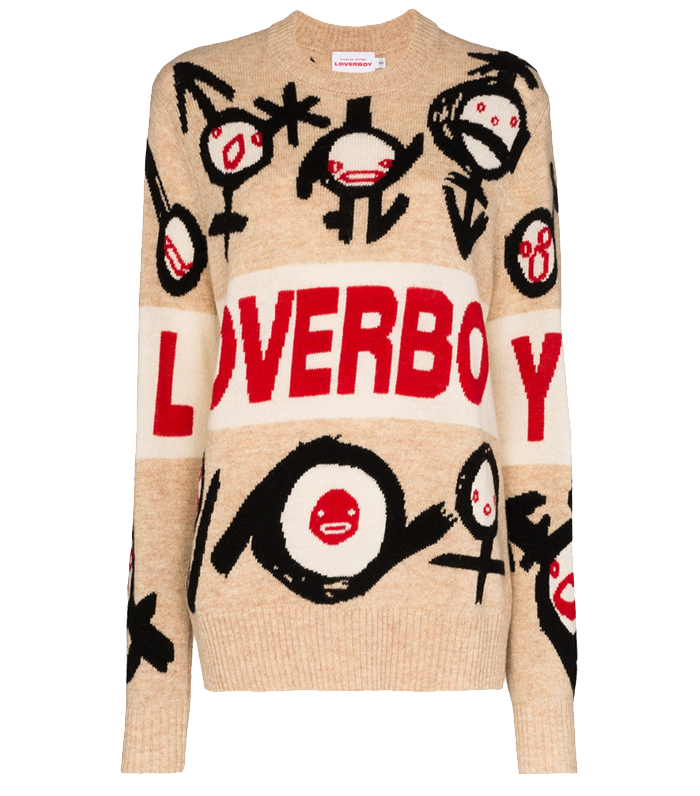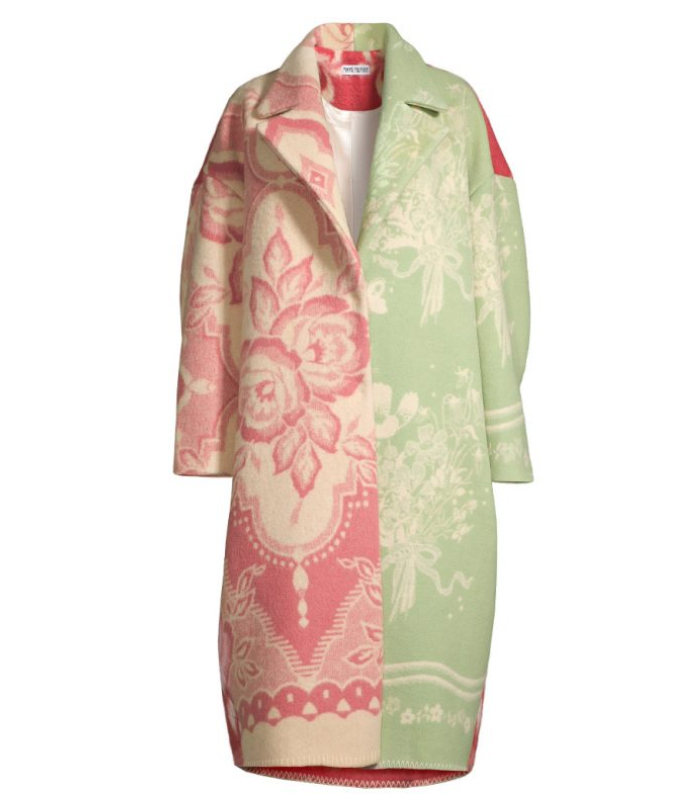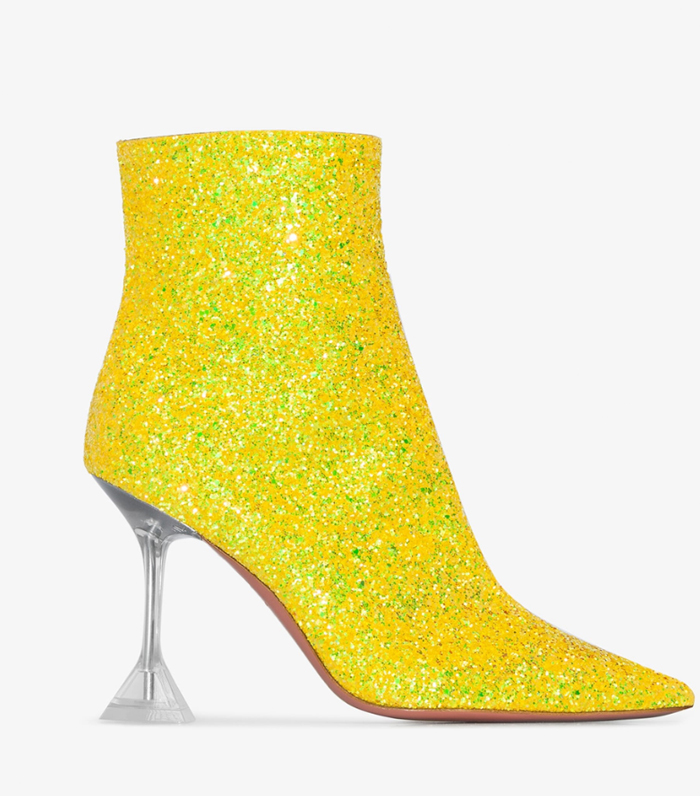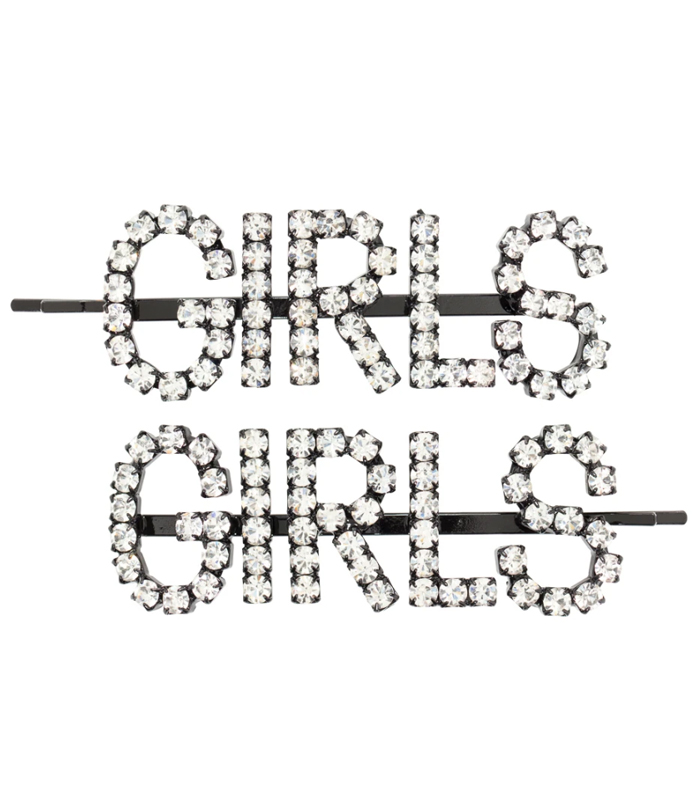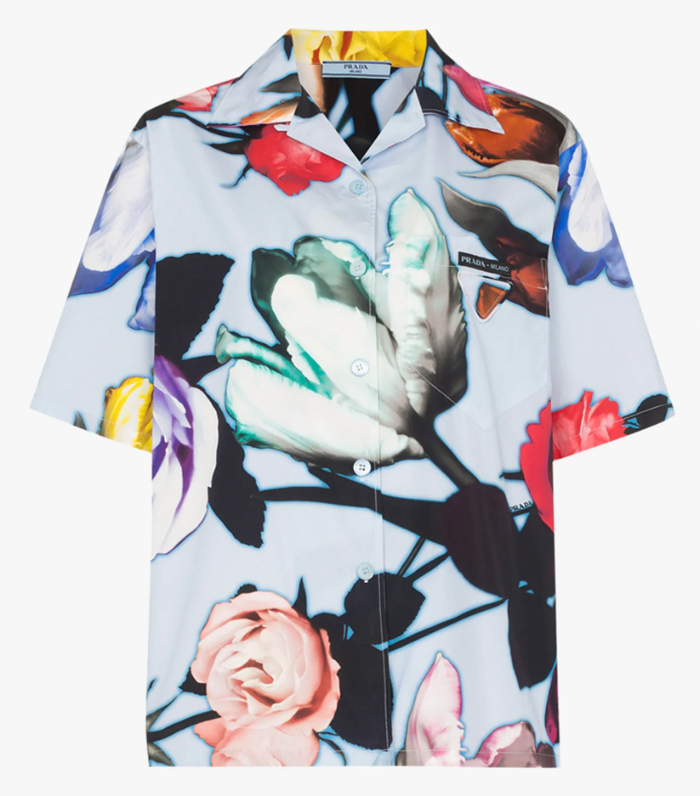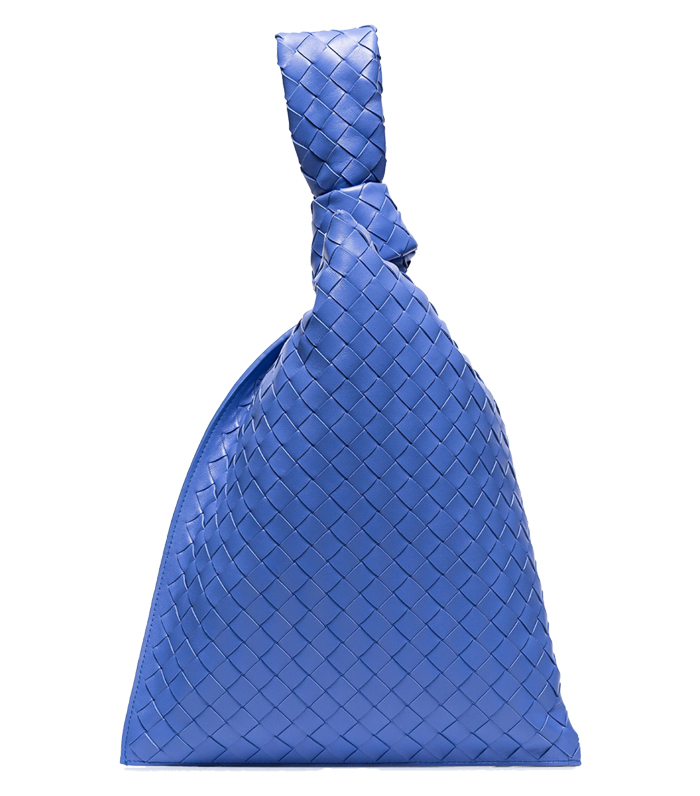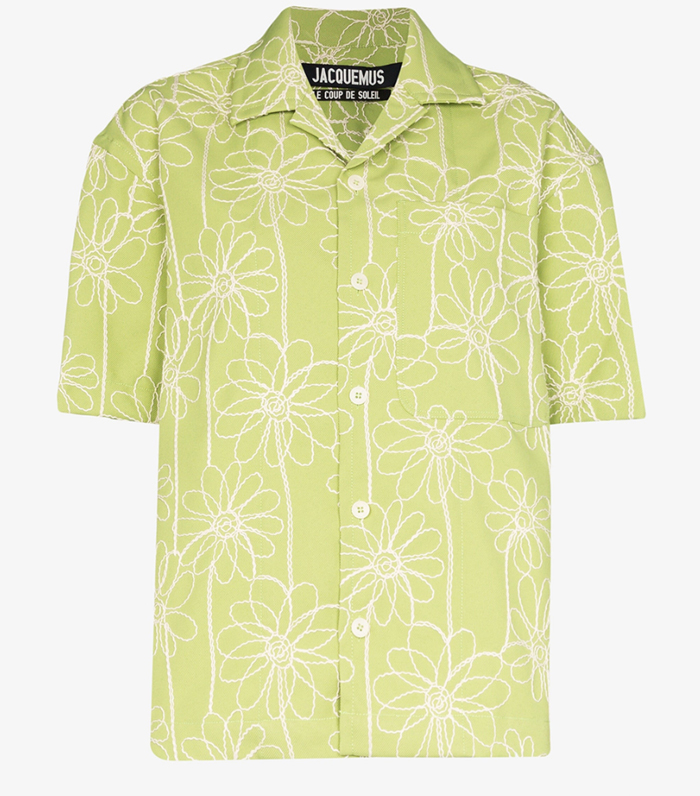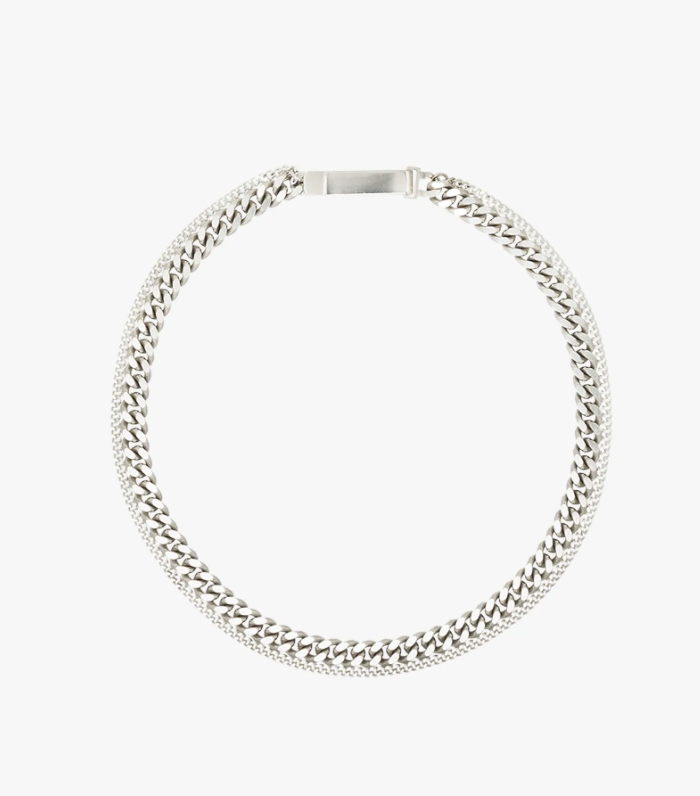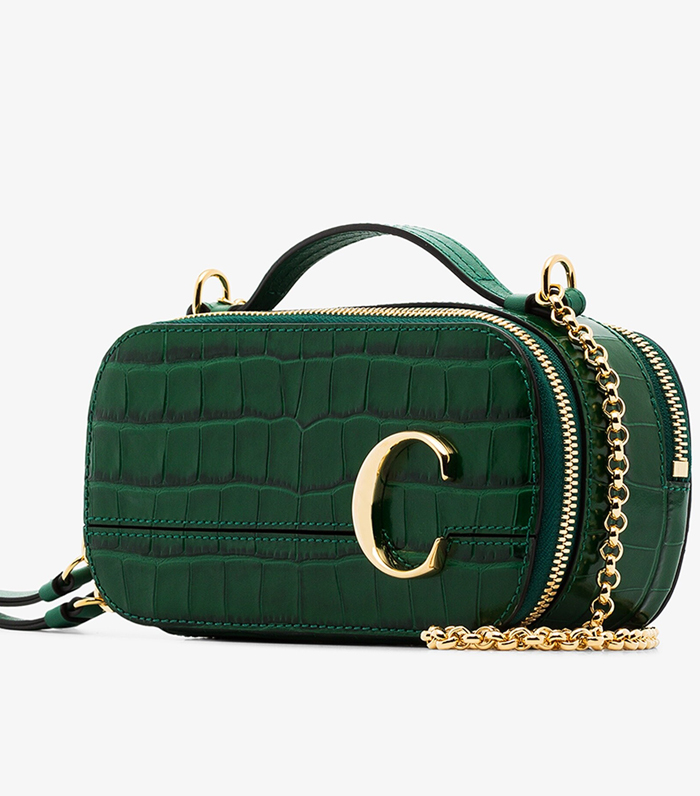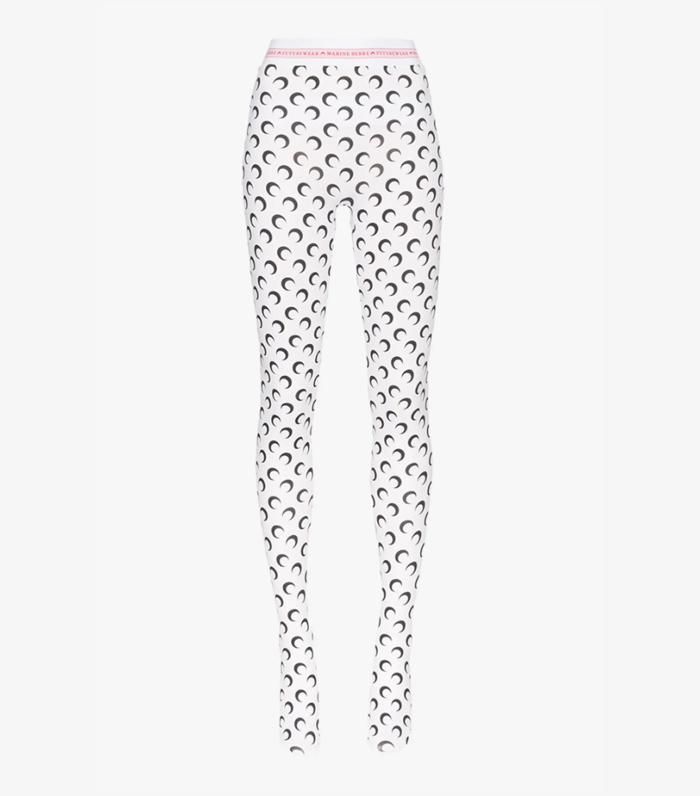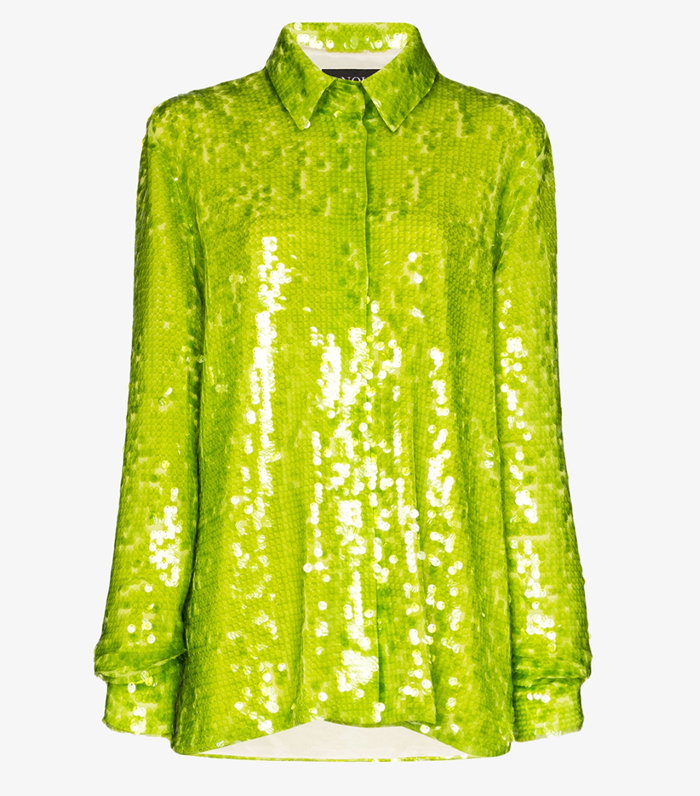Best Wardrobes in Britain: Inside One of the Happiest Closets in London

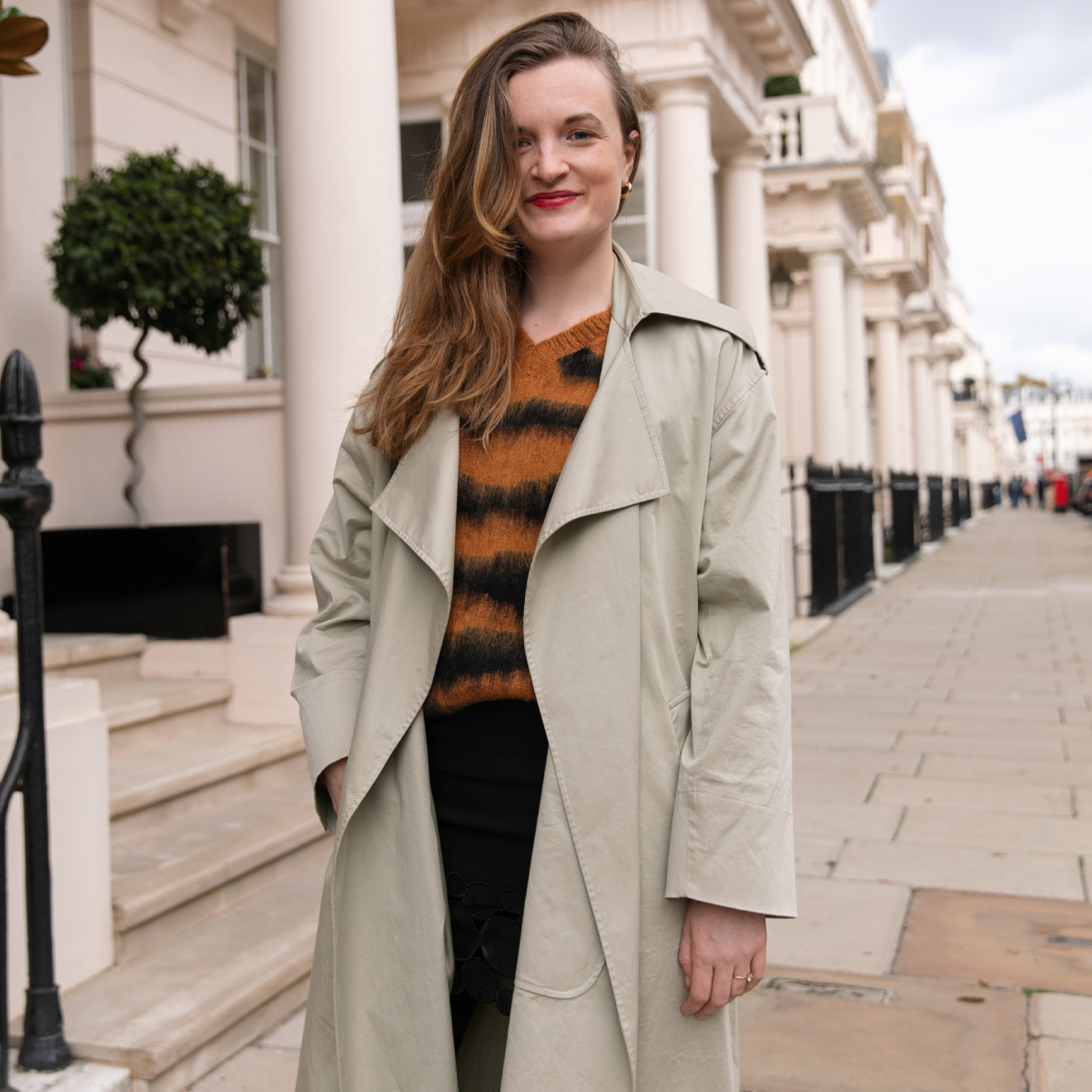
Welcome to the latest highly exciting installment of Who What Wear UK’s Best Wardrobes in Britain. It’s where we do exactly what it says on the tin: delve into the most fantastical, awe-inspiring and downright influential wardrobes in this fair country of ours. We’re honing in on the women who cause the street style photographers to press their shutters as much as the characters you don’t yet know—the ones who fly under the radar with secretly incredible clothing collections.
There can be a misconception that working in fashion is all Veuve Clicquot–fuelled lunches and posing with an iPhone outside fashion week, but there are certain jobs that require serious hard graft. After working in the fashion industry for nine years, I believe that buying is the hardest job in fashion. Luxury buyers spend at least six months of the year living out of a suitcase, where every minute is filled with shows and buying appointments. They have to not only discover the items that everyone will want to buy in six months' time but also make huge business decisions, choosing which trends to invest in heavily and which designers to drop. Spreadsheets, budgets and bottom lines are an integral part of this job, as is having an impeccably high taste level.
It's no coincidence that fashion buyers are now some of the most photographed women during fashion week. Not only do they know the next big cult item before anyone else, but they also have a clear idea of the pieces that are really worth investing in, meaning they develop a really strong sense of personal style. Ida Petersson, the buying director at Browns Fashion, doesn't wear the outfits you see all over Instagram. Getting dressed for her is about playing dress-up and wearing things that will lift her mood. The way she talks about clothes is truly infectious. Her excitement is reflected in her joyful wardrobe, which is a protest to the minimalism she grew up with in Sweden. Walking into her wardrobe is like discovering the most eclectic hidden boutique. The rails are filled with wild prints, and her shoe shelf has even more personality than a Versace show.
Keep scrolling for one of the happiest wardrobes I've ever seen, and Petersson's insight into the trends that will really matter in 2020.
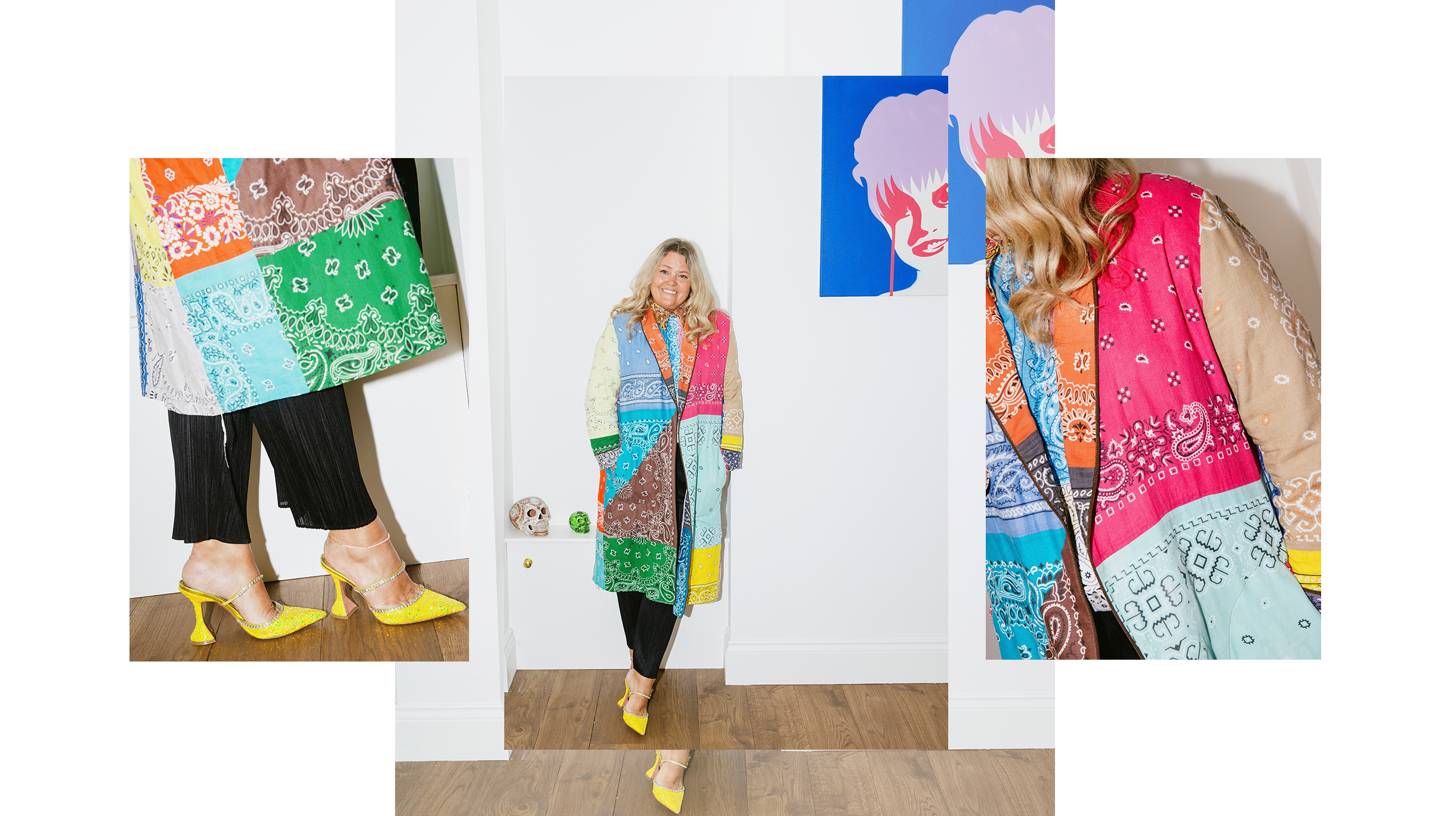
On Petersson: Children of Discordance coat; Rave Review shirt; Amina Muaddi shoes; Pleats Please trousers
Were you always interested in fashion?
My grandad had a big furniture company, so they travelled a lot, and my grandmother was like me and loved colour and had the most fantastic items. I always went into her wardrobe and played dress-up. She had amazing colourful Chanel jackets and old-school Pucci. I would be there in her colourful prints, earrings, stomping around! Growing up in Sweden there wasn’t much access to fashion. I was lucky enough that Copenhagen was quite close. I would always spend my candy money on the weekend on foreign magazines, but they used to be so expensive. I would sit there with the glossy magazines and just be so excited by it all.

Did you always want to work in fashion?
I knew I wasn’t good enough to be a designer, and in the area where I grew up, you become a doctor or a lawyer or you work in finance, and I was so far removed from knowing about the other things you could do in fashion. My first degree is in law, and my final essay was in child prostitution, which I did a research project for in Thailand. I realized then that I can’t not be 100% when I work on something, and if you work with something that harrowing, you need to be able to detach yourself, and I just couldn’t do it. I have so much respect for people who can do that. I travelled for a few months after that and met a girl on the beach in Bali who was sketching. I spoke to her, as you do when backpacking, and she told me she was a fashion buyer and went to London College of Fashion, so I "That’s what I want to do.” So I rang LCF and said "I’m coming!” and they were like "Erm, you need to apply.” I did apply and did the fashion management degree at LCF, and then I got work experience at Harvey Nichols, and then they hired me when I graduated. It was the most mis-sold occupation to me ever. Sitting on the beach in a bikini! I don’t even know her name, but that girl changed the entire path of my life. When I did work experience I was then really, really sure buying was what I wanted to do.
What was missing with law was that creative element. Part of buying is very mathematical. Everyone always laughs at me because I’m like, "You need to build a range plan! A range plan!” But then you do get creativity in the product selection, dreaming up capsules and seeing beautiful things other people create. In a selfish way, it fuels me with energy, especially meeting with the young designers who aren’t jaded and have so many new ideas.
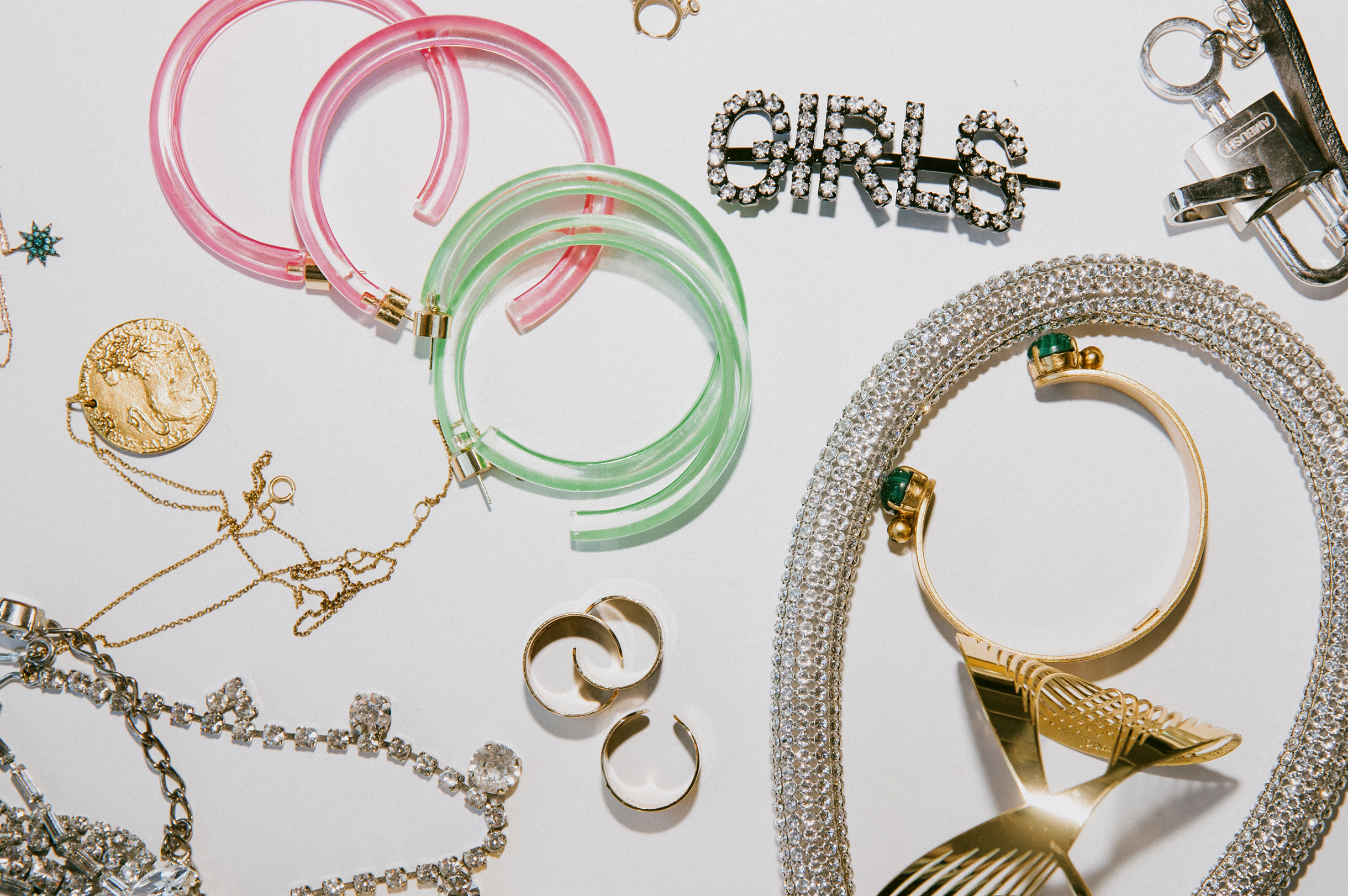
How has your style changed throughout the years?
If you start digging through my archives, you’ll definitely find a few different personalities in there. I have gone through phases, and there are always phases that I revisit again as well. I grew up with this skater, hip-hop kind of vibe, and I always go back to that on my holidays and weekends. I love being in sneakers and a hoodie. Fashion moves, and I work in fashion, so I will 100% try trends. But I do this a little bit less the older I’ve got. Everything I have worn has been so much fun. I can look at photos and think I look hysterical, but at that point, I was happy with it. Fashion changes so much, so as long as you can laugh at yourself.
What trends are you really into at the moment and think will be big for 2020?
I love this return to ’90s, and that genre is what I’ll be exploring the most. The minimalist thing is beautiful, but being Scandi, my entire childhood was surrounded by people dressed like that, so I can’t really embrace it because it’s too close to my heart. I’ve never dressed minimal. I dressed like the club kid in leggings, PVC, printed tights. Like everyone else in fashion, I am obsessed with Bottega Veneta, so that’s where I’ll make an exception for the minimalism. The way he does it is so beautiful and uses a lot of colours. I’m also really into tailoring again. When I go into the showroom, I want to see something a bit sharper, rather than sportswear that has dominated.
It feels like we are seeing a return to strong design. No one has designed an item if it’s a logo printed on a T-shirt. But it’s interesting when you see people play with silhouettes, patterns and how a garment sits on a body. When you go into brands like Versace, it’s amazing to see the real talent of what they do.
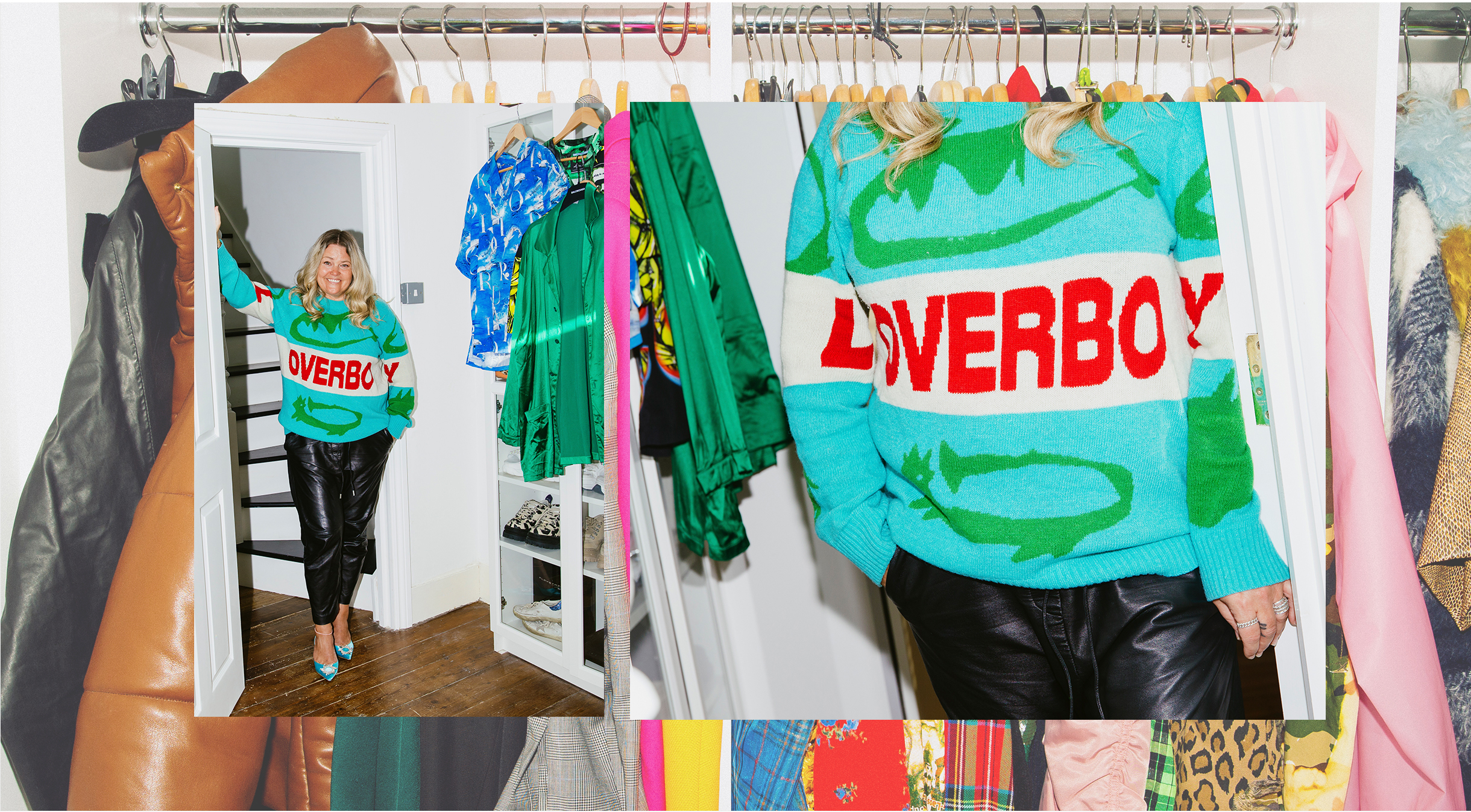
On Petersson: Charles Jeffrey jumper; Amina Muaddi shoes; Nili Lotan trousers
People are now taking photographs of what buyers are wearing more. How has that changed fashion week for you?
Buying was probably the last part of the industry that got into the street style world, and now it’s a big thing. It does put more pressure on buyers. I have always dressed up for fashion week and market appointments. That is when my fancy shoes come out. Especially because we have meetings with a lot of CEOs and commercial directors, so you have to look like the fashion version of smart. You need to look ‘fashion’ because it’s what they expect. A lot of our world is unfortunately judged by appearance in that sense, but it is interesting to watch all the fun outfits. I love when people aren’t a slave to the season. That is the part that has maybe gone to far. Everyone now goes into a showroom and borrows look one and look five to wear to the show. I like it when people style things really individually with their own take on getting dressed. I have always dressed up for fashion week, but it’s always been about looking the best version of yourself and what you’d normally wear.

What is the hardest thing about being a buyer?
It used to be having that gut instinct was the one thing in a buyer that you couldn’t train, but today the increasingly hard skill is knowing and predicting when something will fall off. There is so much out there now, so it is about filtering, rather than looking for more of the same. If we have Bottega, I don’t need to have 10 other people doing their versions of Bottega. I want things done differently. It scares me for designers that things go up so fast and then drop off so quickly as well. It gets to the point where people are like, ‘Is Bottega over?’ and I’m like, ‘It’s not even on the shop floor yet!’ If it’s a smaller brand, it makes me worry about the designer and their livelihood. For the big guys, that’s where it can be tricky from a financial perspective in our jobs—because it can grow and grow and then suddenly everyone decides ‘No, I don’t want it anymore.’ The best way of handling that part is having a relationship where you talk regularly so the brands know how they are performing, so if a breakup comes, they are prepared for it coming. You always try to help them before you cut the strings, but obviously it does happen.
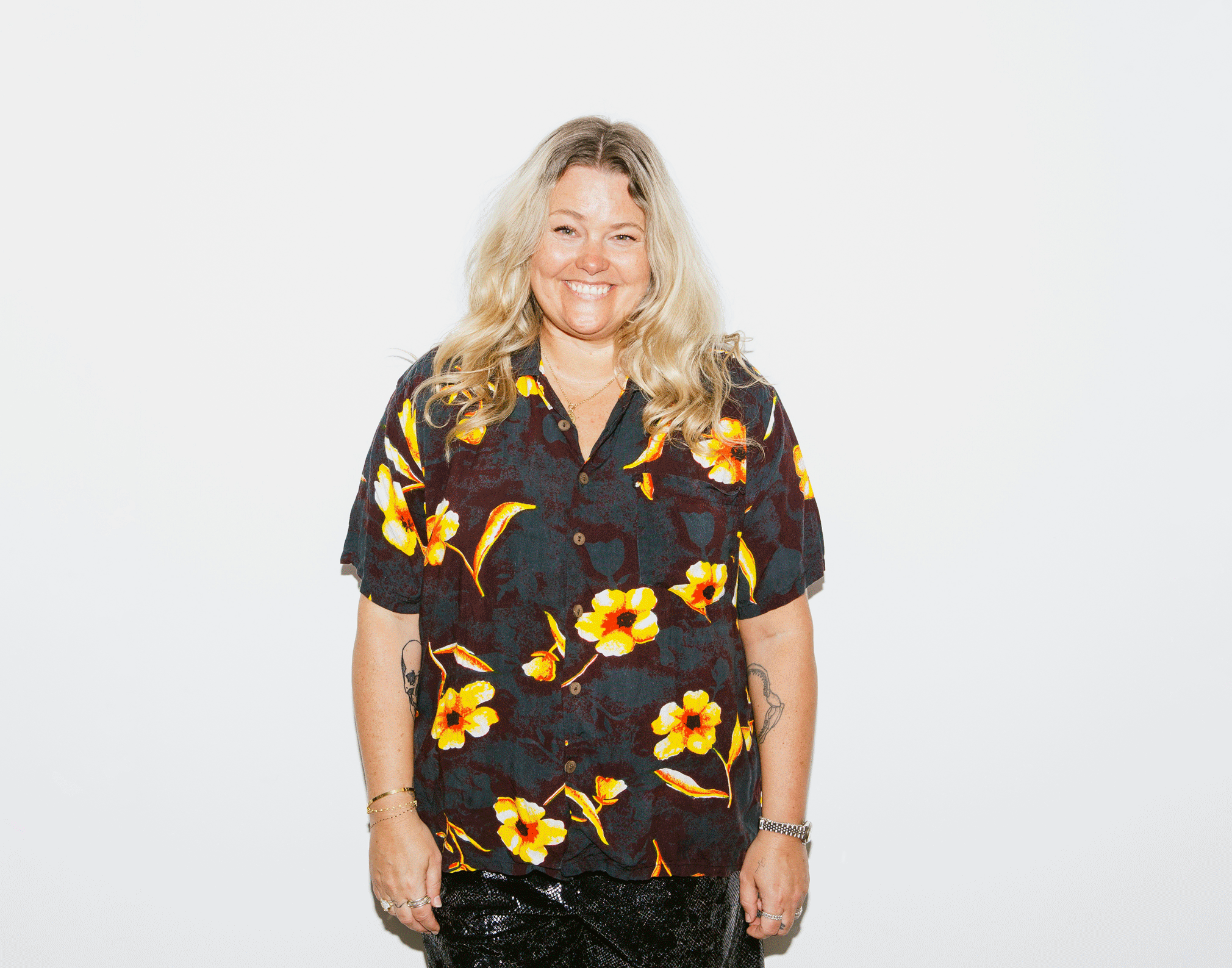
Has the speed changed the job most?
There’s the pace, but then also how much we travel. It used to be a focus on runway, but now if you do womenswear buying, you travel for about 11 months of the year. You travel for work for hundreds and hundreds of days. It would be wonderful if you just sat there and took things in—but we trade a business. The way buyers work is incredible. You put in 15 or 18 buyers for months on end with appointments from 9 until 9. They are all still there and turn up in their best clothes with minutes to get ready.
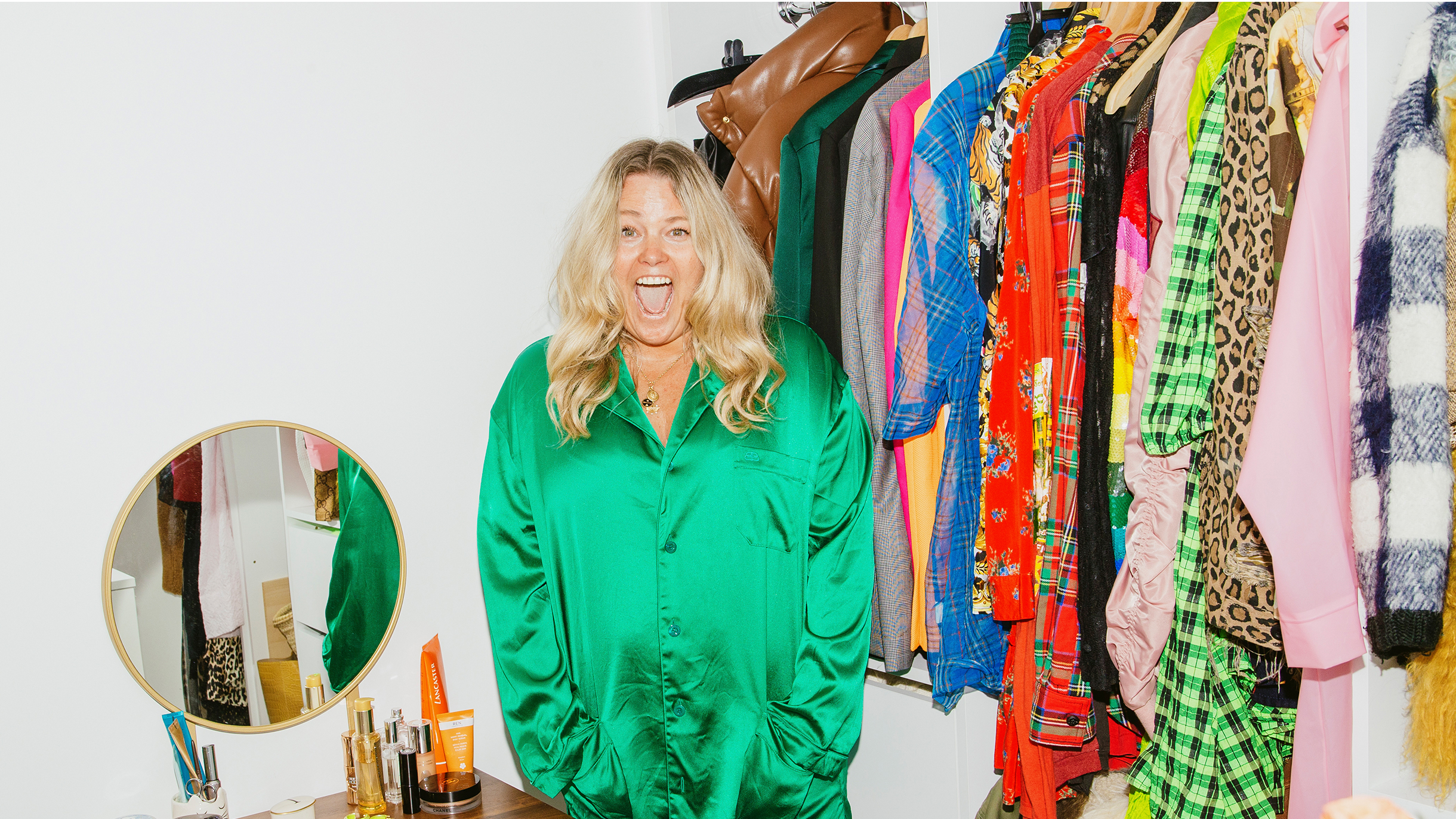
On Petersson: Balenciaga shirt
Where do you discover new designers?
I get so excited when I find something that will be the next big thing. The off-schedule shows and destinations have been important to us, like Copenhagen, Japan and Shanghai. Shanghai, in particular, is starting to have some really new, strong names. Georgian designers hit that contemporary pricing, but the quality and way it’s done is a level up, so when you find quality like that and a point of difference, you just know it will deliver.
Social media is also so important. There are a lot of problems with it, but one thing it has done for young designers is it allows them a platform that they wouldn’t have had before. They don’t need money to do a big campaign. They can be in a basement in Siberia and reach the world. You want to be the person who discovers them first. Sometimes finding someone just starting out who only has a few hundred people following them can be best.
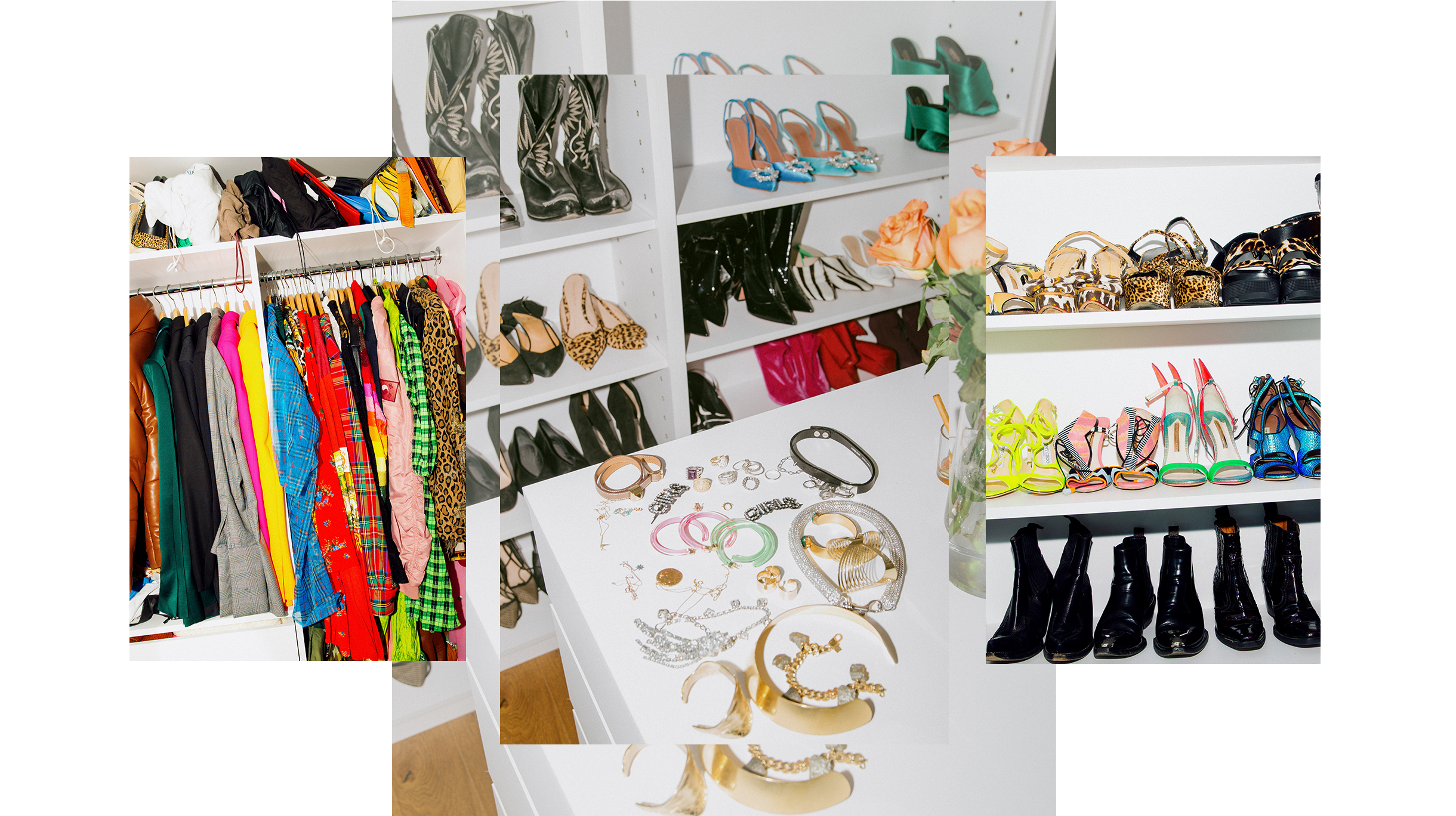
What do you buy the most of in your wardrobe?
Colour! I always want to be that person that has the perfect base wardrobe, but I’m such a magpie and am like "shiny things! shiny things!” I always do the thing I advise people not to do. I’ll buy something, come home and be like "Oh, it doesn’t go with anything. Now I have to buy this and this.” But in a superficial way, it makes me happy because it’s so bright and colourful. That is how I have built my very eclectic wardrobe.
Do you make your own shopping list when buying for the next season?
I usually have a wish list when we’re out buying. I then sign off all of the orders so am like "this one, this one, this one!” But the only positive thing for my bank balance is that by the time things come in store, I’m already seeing the next season, so I’ll replace things because I’ll have my eyes on the next thing. I’m quite an emotional shopper, and it’s all down how I feel in that time and place, so my wish list will sometimes change by the time they arrive in store.
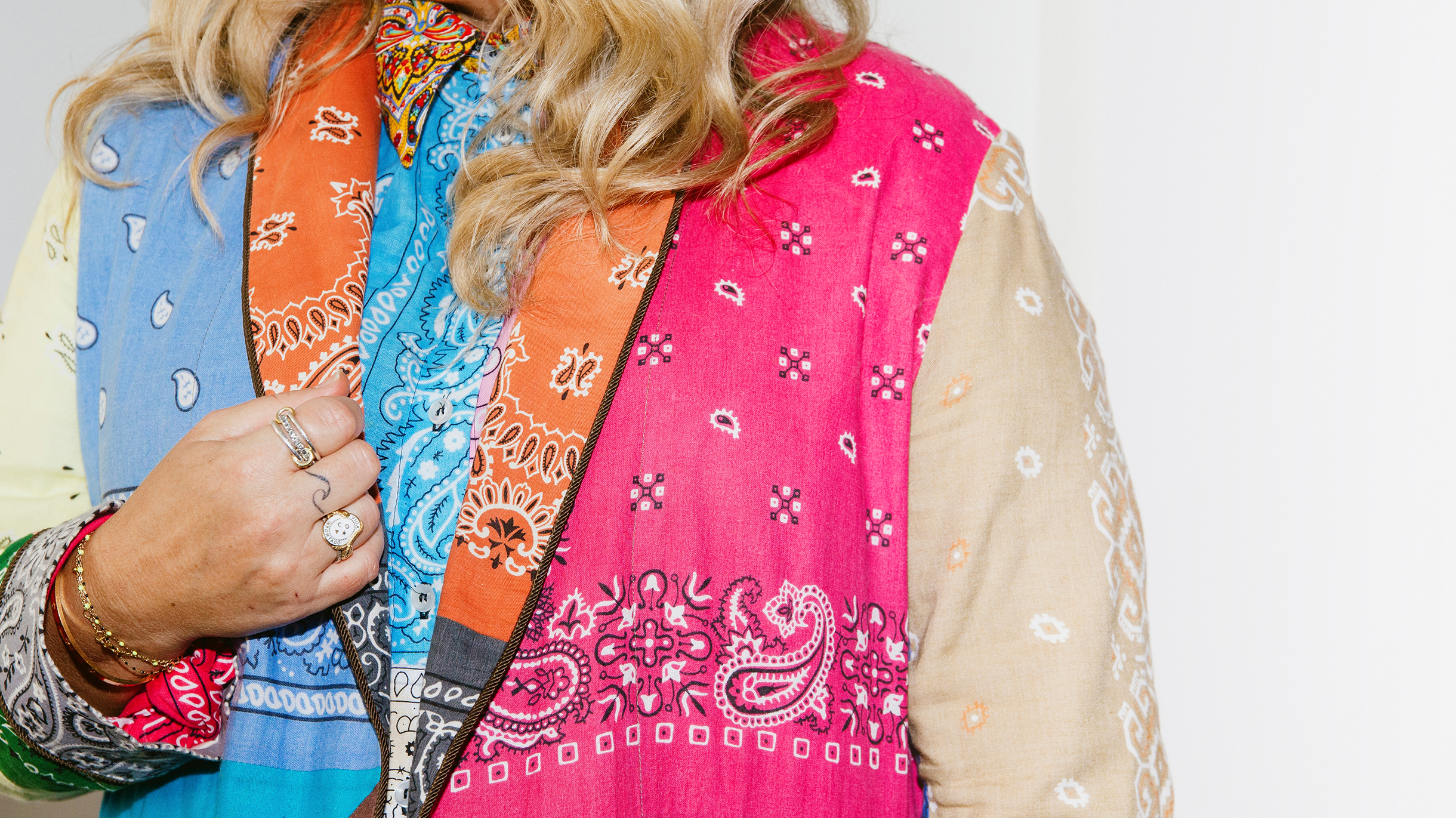
What do you treasure the most in your wardrobe?
I am lucky that because of what I do, I get a discount or have a wardrobe allowance, but the most sentimental things I have are my grandmother’s Chanel jackets. I went through a period when I wore them a lot. Now when I wear them, they age me, so I need to wait 10 years, and then I think I can wear them again. One is in the freezer! I had them in storage and got scared about moths, so now I have Chanel stored in the freezer!
Do you plan your outfits for when you’re travelling?
Before fashion month, we do pre-market. So you have about three months of solid traveling. By the time it comes to fashion week, you are so tired, so you need to be organised. I’ve made a packing template and then go through the list when I’m packing. But despite this, the day before travelling, I always end up running through South Molton Street going, "Ahhhhh, I need to find things to wear!”
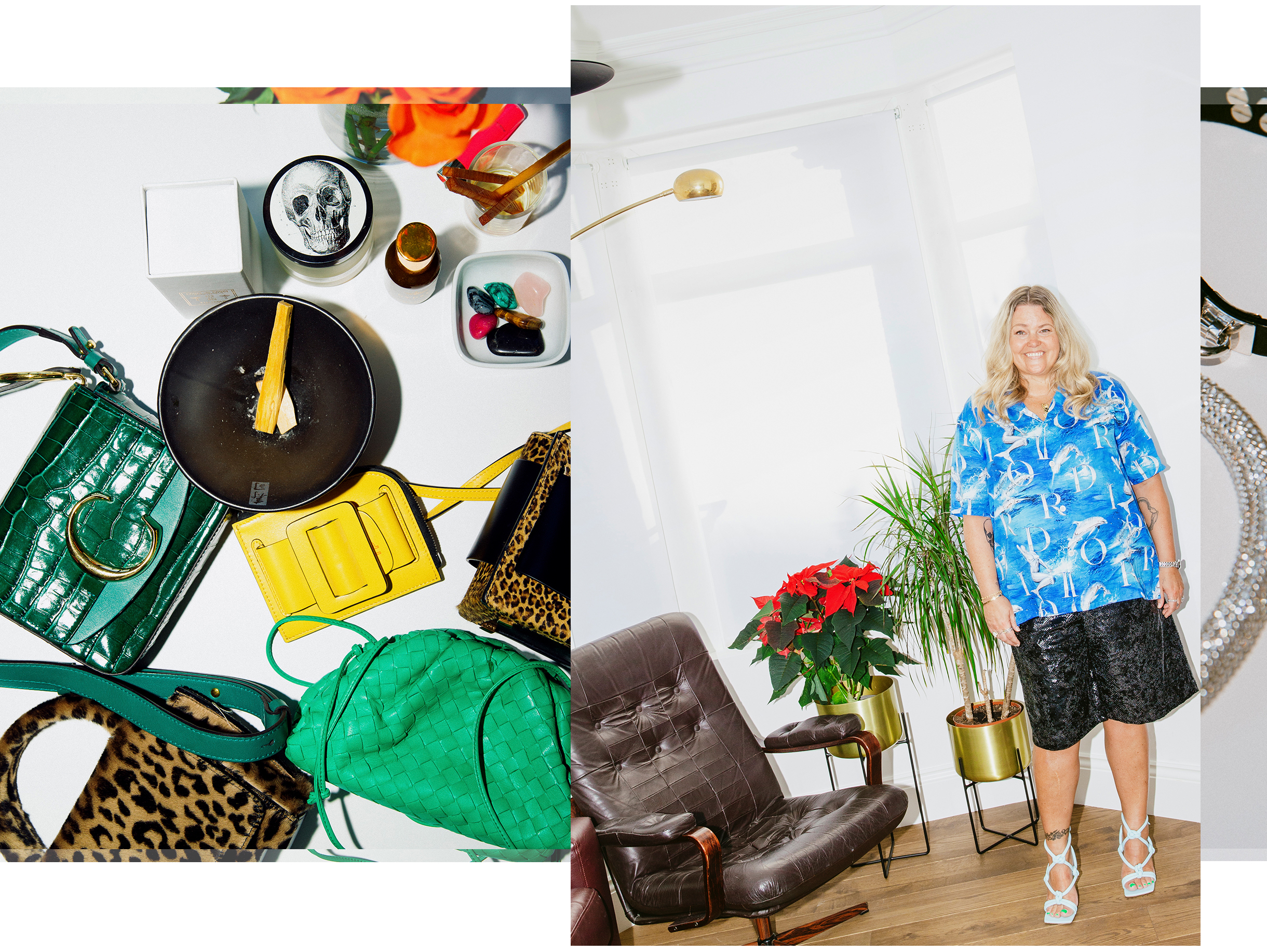
On Petersson: Dior shirt; Comme des Garçons shorts; Bottega Veneta shoes
You are clearly a big shoe person. Why do you love them so much?
I think shoes are the thing that always make you happy. They will never not fit, so you will never be upset by shoes. They can also make an outfit. You can be dressed completely in black, and then you put a pair of amazing shoes on, and they can just transform your outfit.
Shop Ida's Wardrobe
Thanks for having us, Ida!
Next up, see our guide to the key trends for spring and summer 2020.

Emma is a freelance fashion editor with over 15 years experience in industry, having worked at The Telegraph, Grazia and, most recently, British Vogue. Emma was part of the founding team of Who What Wear UK, where she worked for six years as Deputy Editor and then Editor—helping shape the team into what it is today is one of the biggest privileges of her career and she will always see herself as a Who What Wear girl, contributing to both the US and UK sites. Whether she's writing about runway trends or spotlighting emerging brands, she aims to write about fashion in a way that is democratic and doesn't promote over consumption.
-
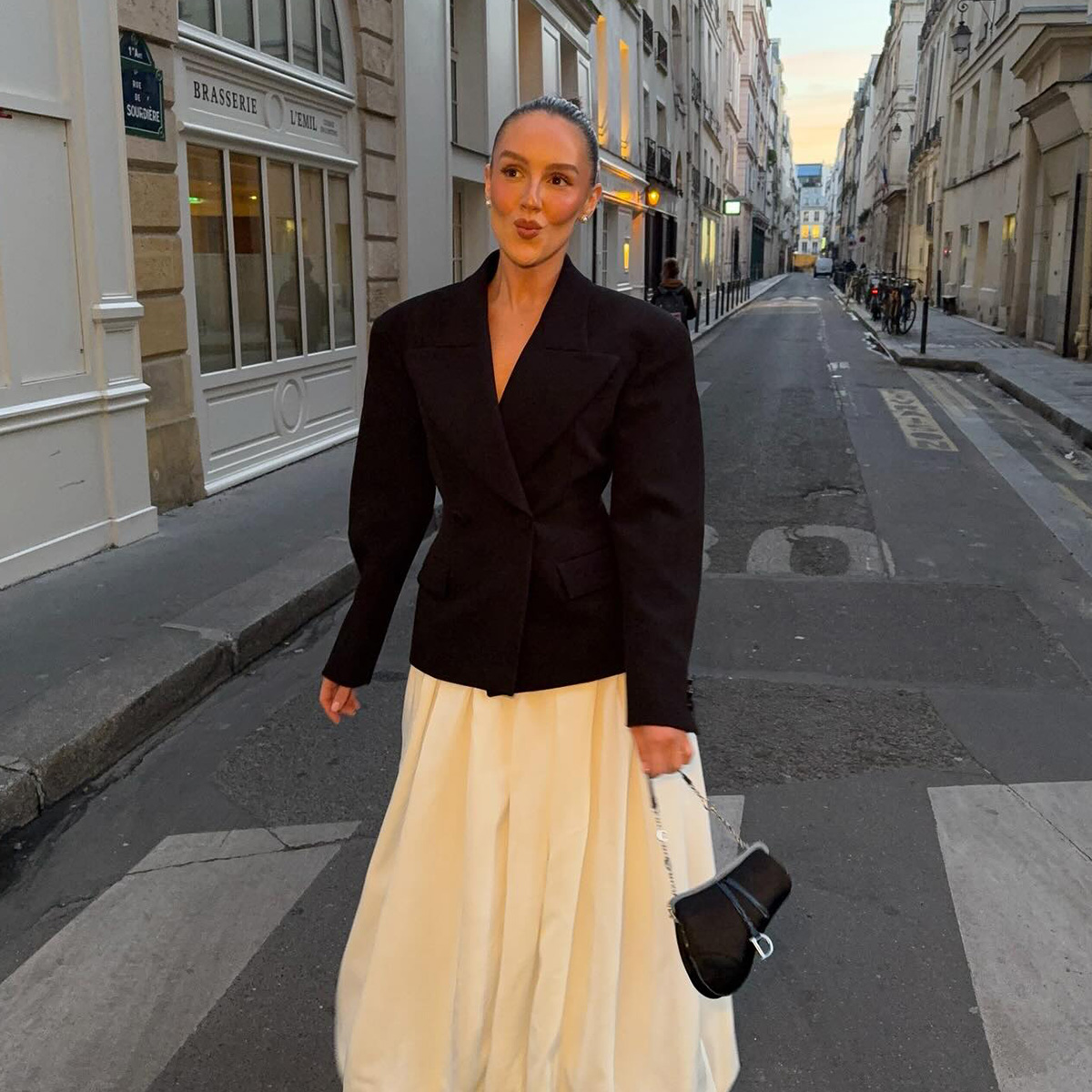 I'm Romanticizing My Life This Spring—30 Luxury Pieces That Make Me Feel Like a Modern-Day Socialite
I'm Romanticizing My Life This Spring—30 Luxury Pieces That Make Me Feel Like a Modern-Day SocialiteYour new luxe wardrobe awaits.
By Sierra Mayhew
-
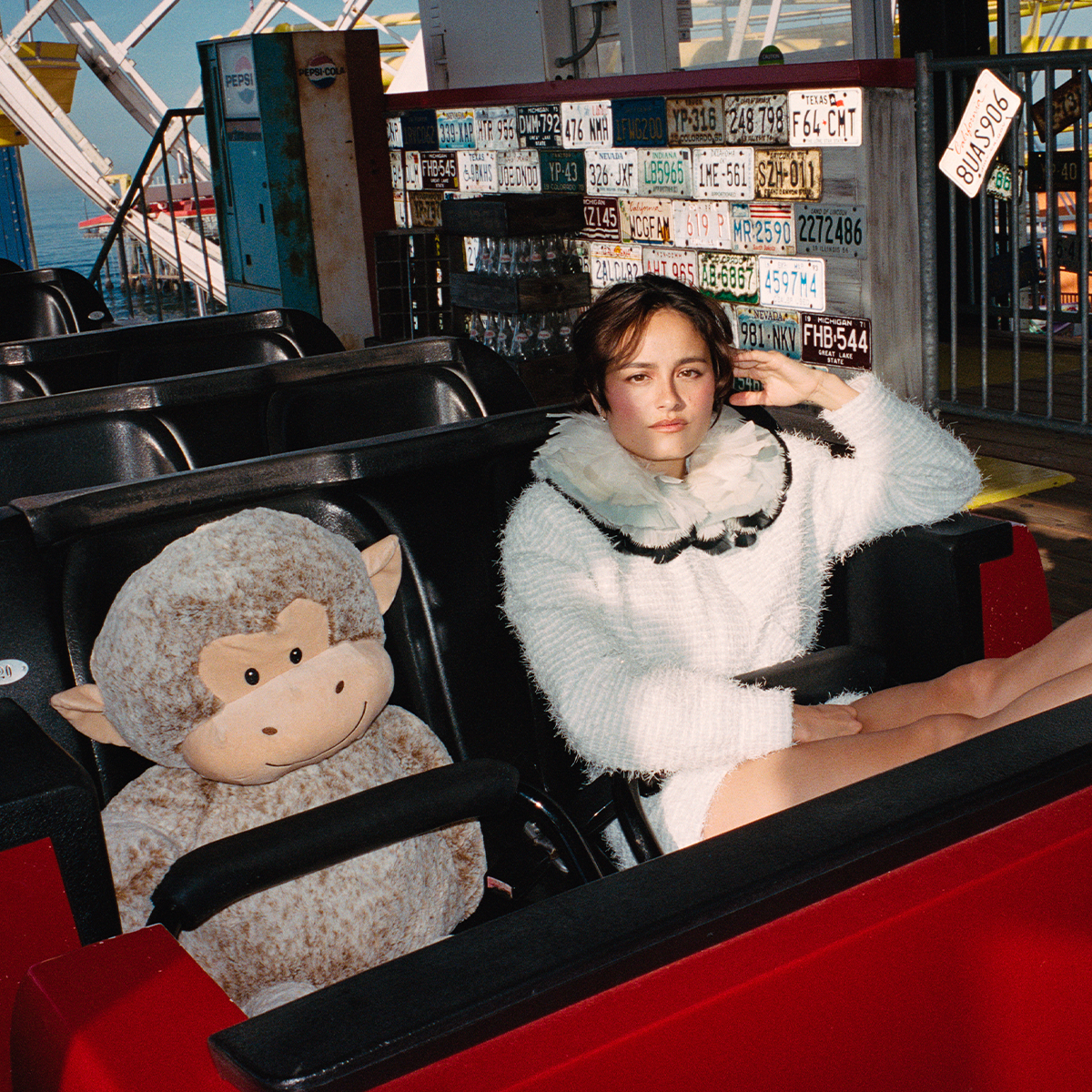 Chase Sui Wonders Demands Your Attention
Chase Sui Wonders Demands Your AttentionThe burgeoning actress came of age with Seth Rogen's movies. Now, she's starring in his latest project—The Studio, the Hollywood meta comedy now streaming on Apple TV+.
By Anna LaPlaca
-
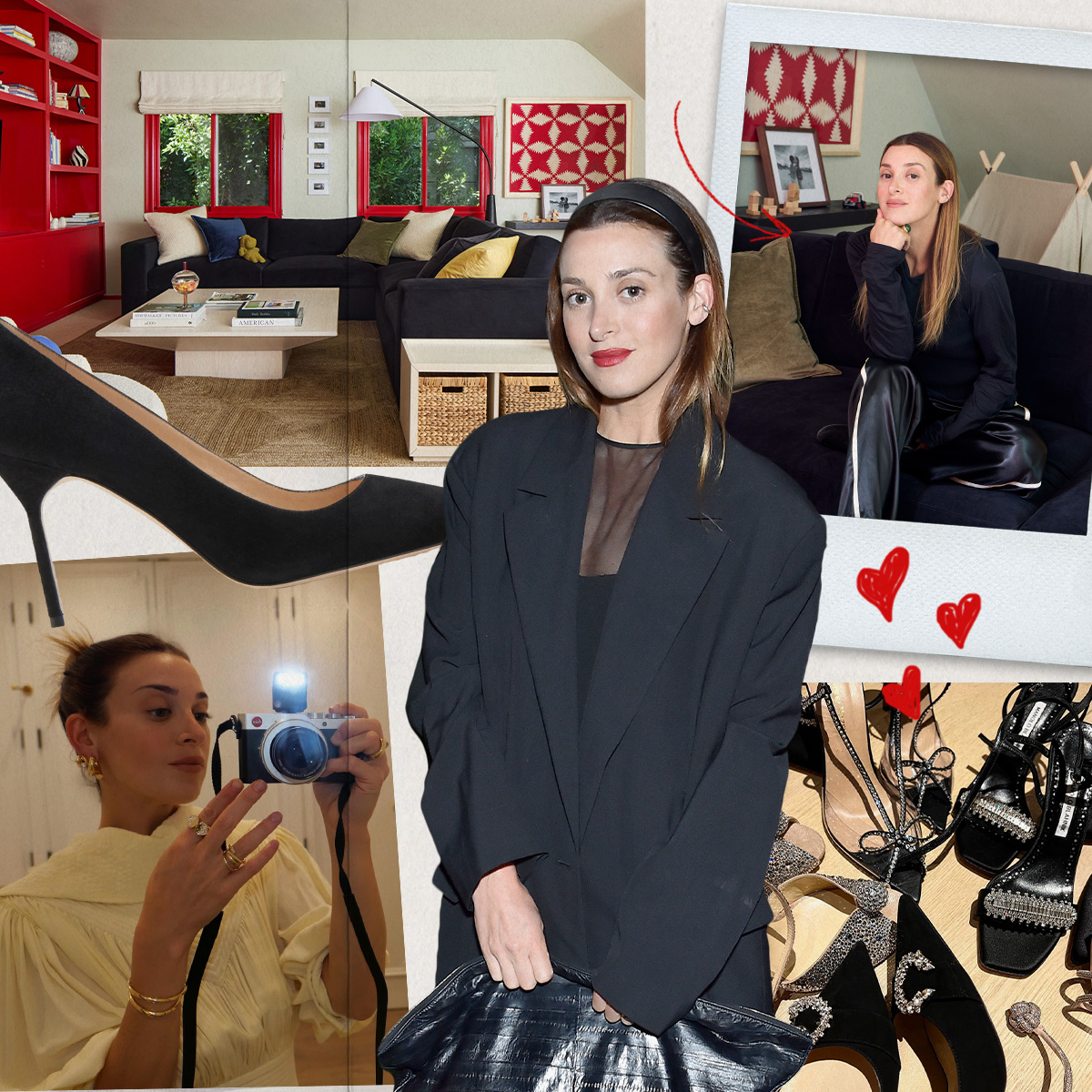 Jamie Mizrahi's World: The Celeb Stylist's Favorite Red Carpet Look, Most Worth-It Shoe, and Album She Listens to on Repeat
Jamie Mizrahi's World: The Celeb Stylist's Favorite Red Carpet Look, Most Worth-It Shoe, and Album She Listens to on RepeatA modern-day style expert.
By Allyson Payer
-
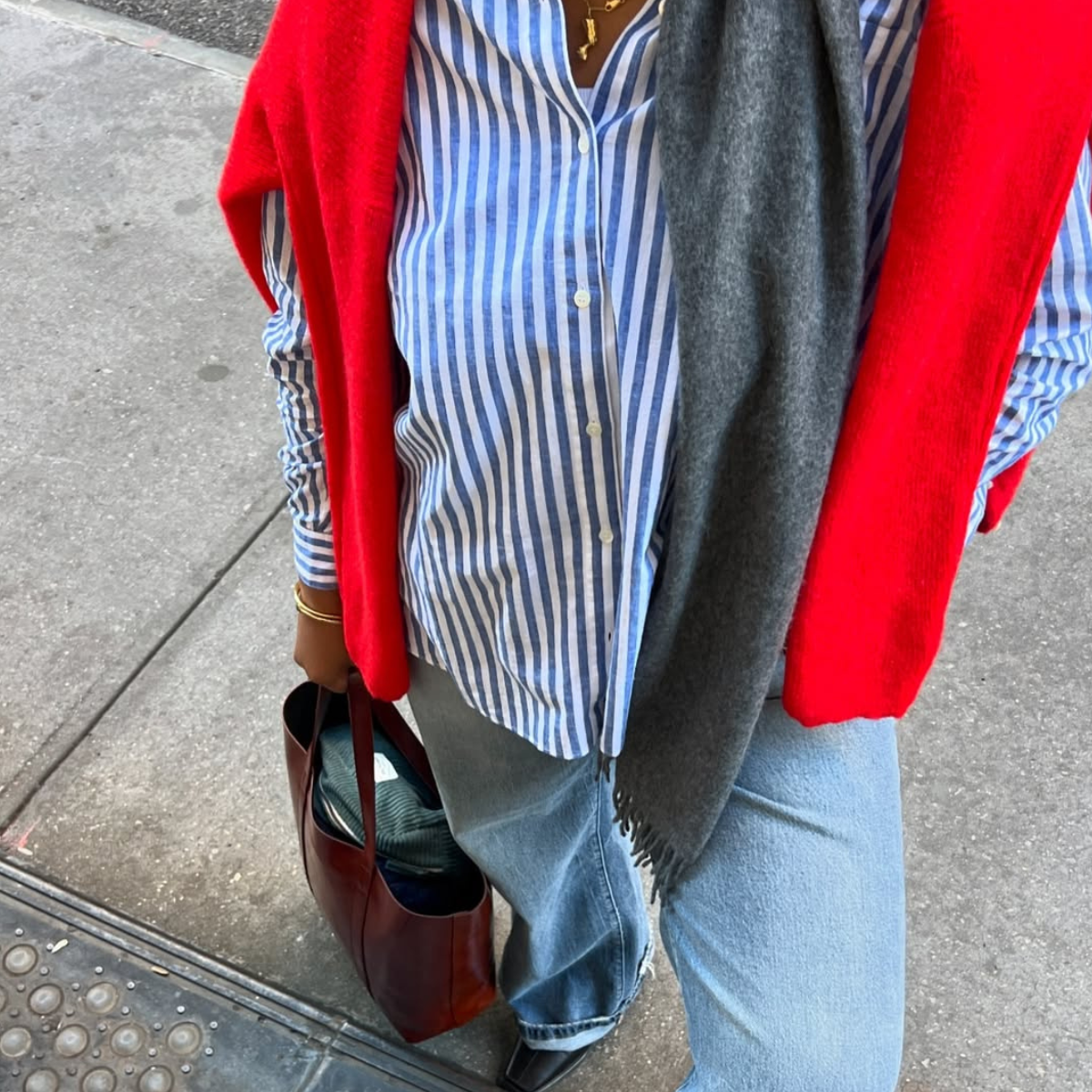 How Everyone Will Be Wearing Their Non–Skinny Jeans This Spring
How Everyone Will Be Wearing Their Non–Skinny Jeans This SpringHere's your outfit inspiration.
By Michelle Scanga
-
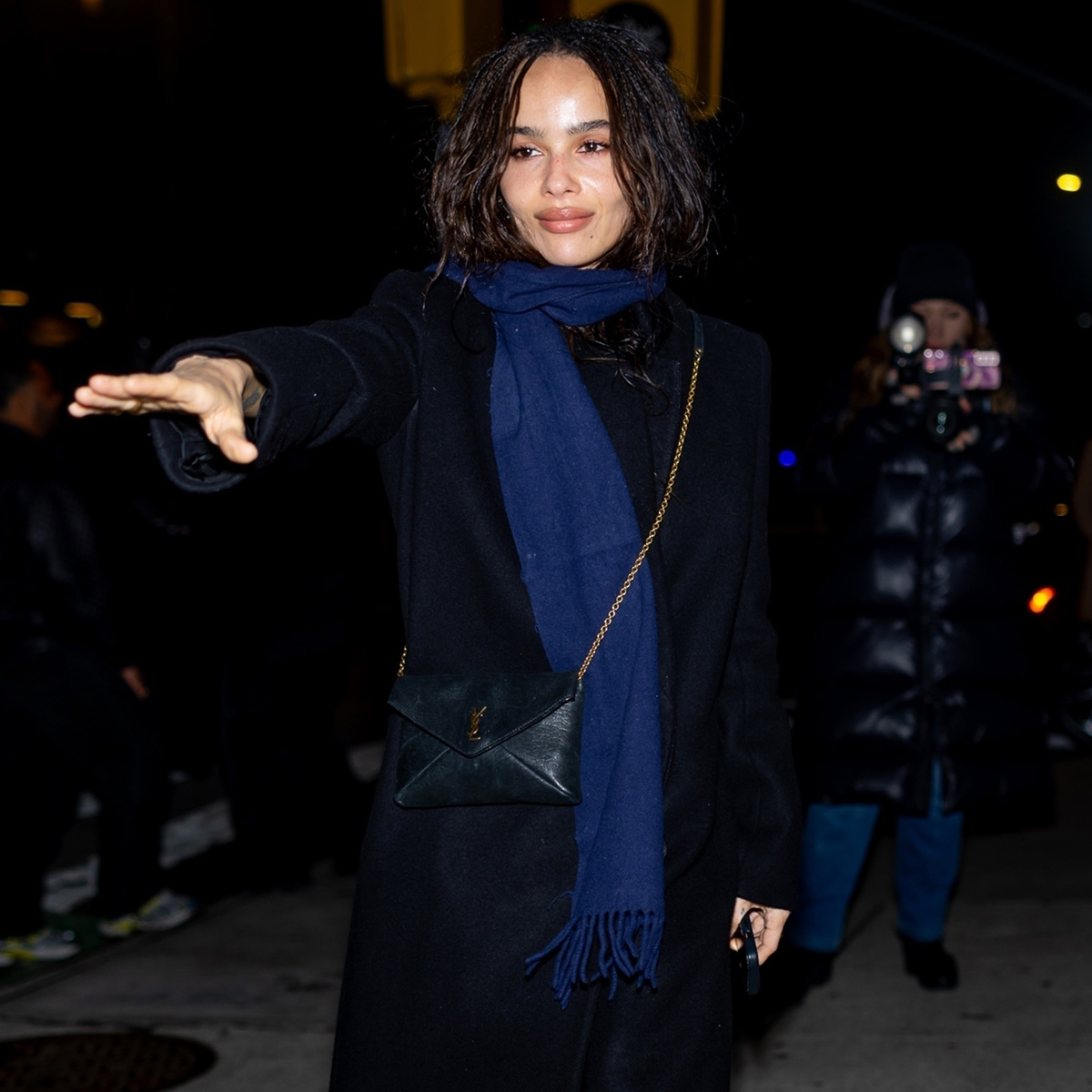 Suddenly, Women With The Row Style Are Breaking This Fashion Rule
Suddenly, Women With The Row Style Are Breaking This Fashion RuleYou should too.
By Nikki Chwatt
-
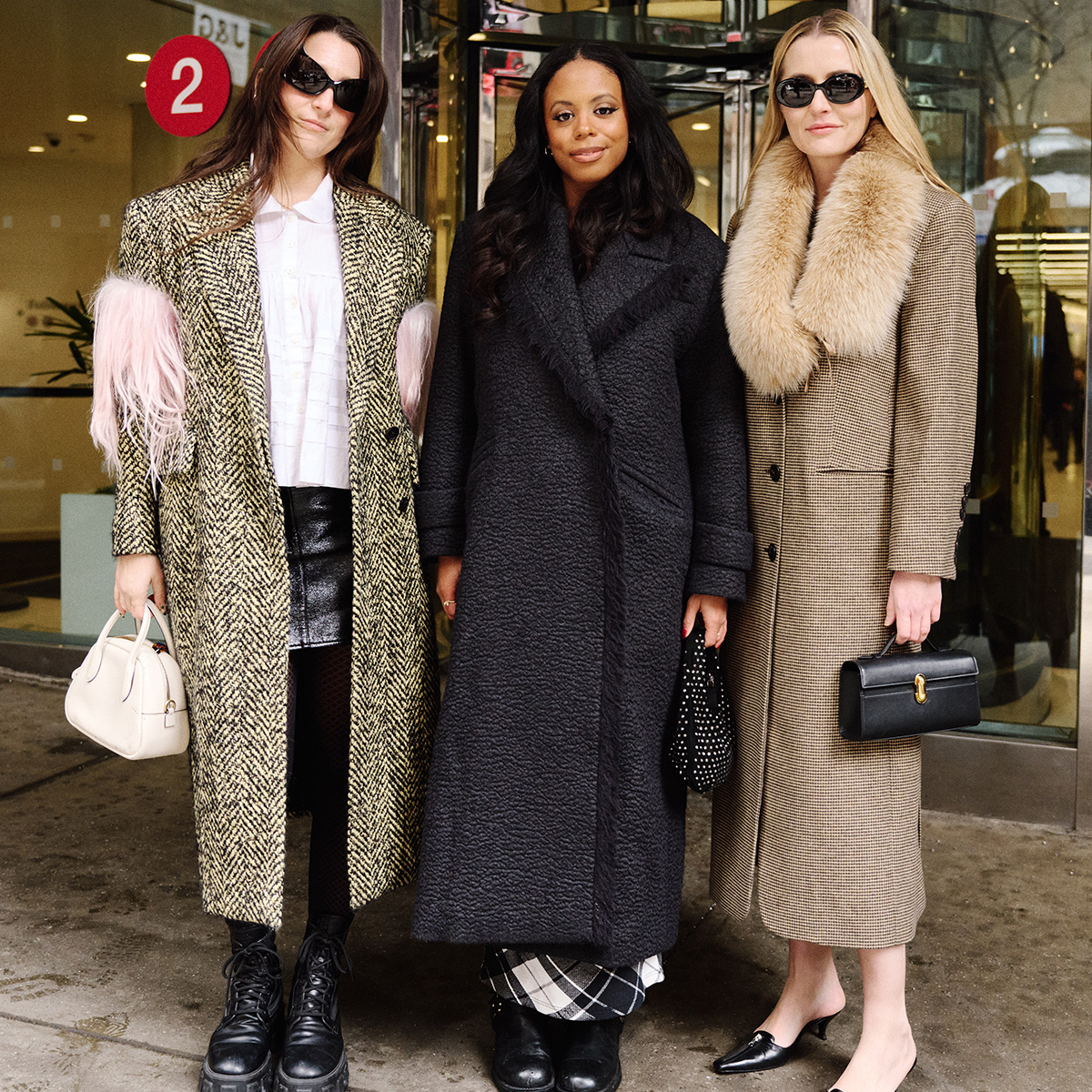 We're Fashion Editors—Everything We Saw, Wore, Did, and Ate During NYFW
We're Fashion Editors—Everything We Saw, Wore, Did, and Ate During NYFWLet's dive in.
By Anna LaPlaca
-
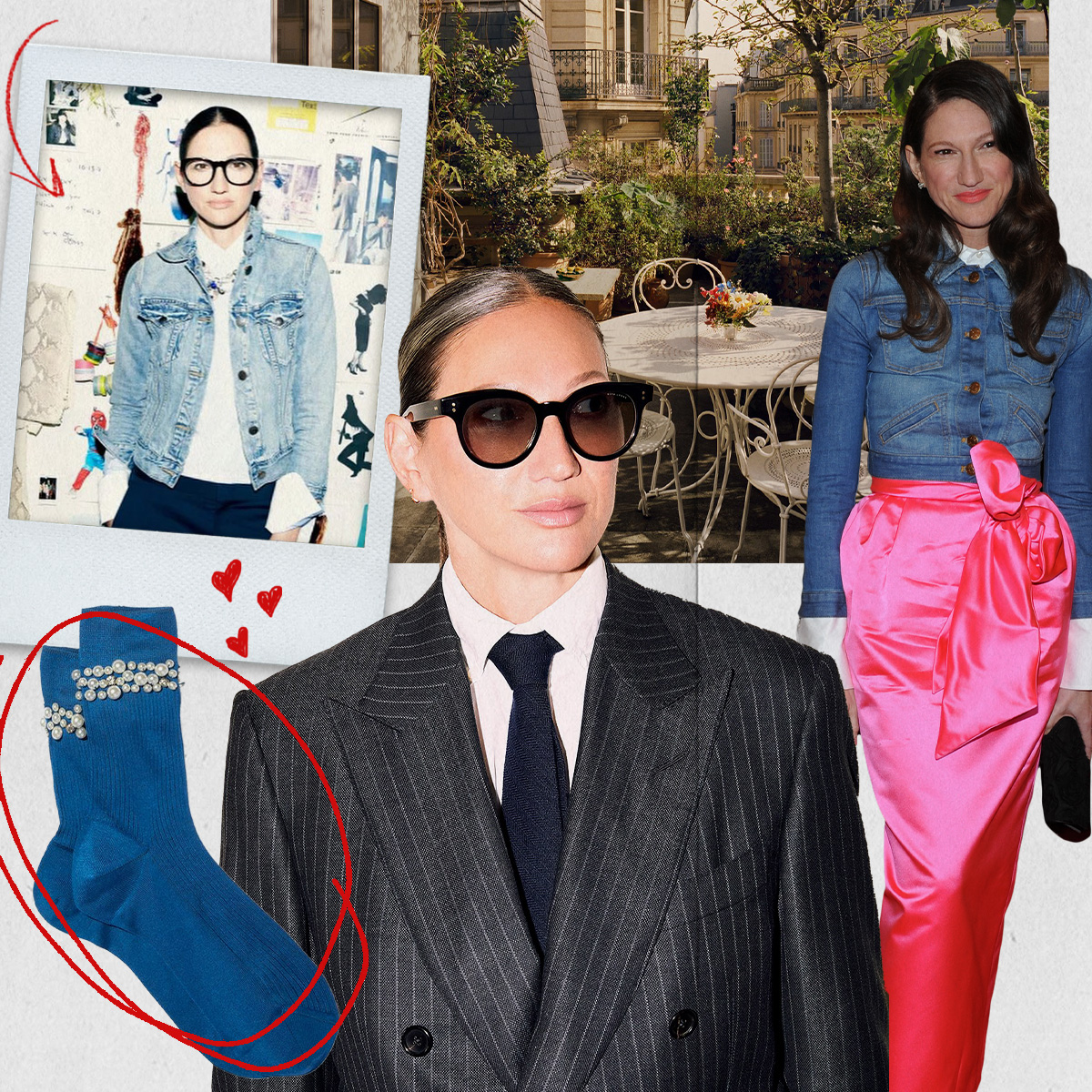 Jenna Lyons's World: Her Go-To Red Lipstick, Her Latest Eyewear Collab, and the J.Crew Pieces She Still Wears Today
Jenna Lyons's World: Her Go-To Red Lipstick, Her Latest Eyewear Collab, and the J.Crew Pieces She Still Wears TodayA true fashion icon.
By Judith Jones
-
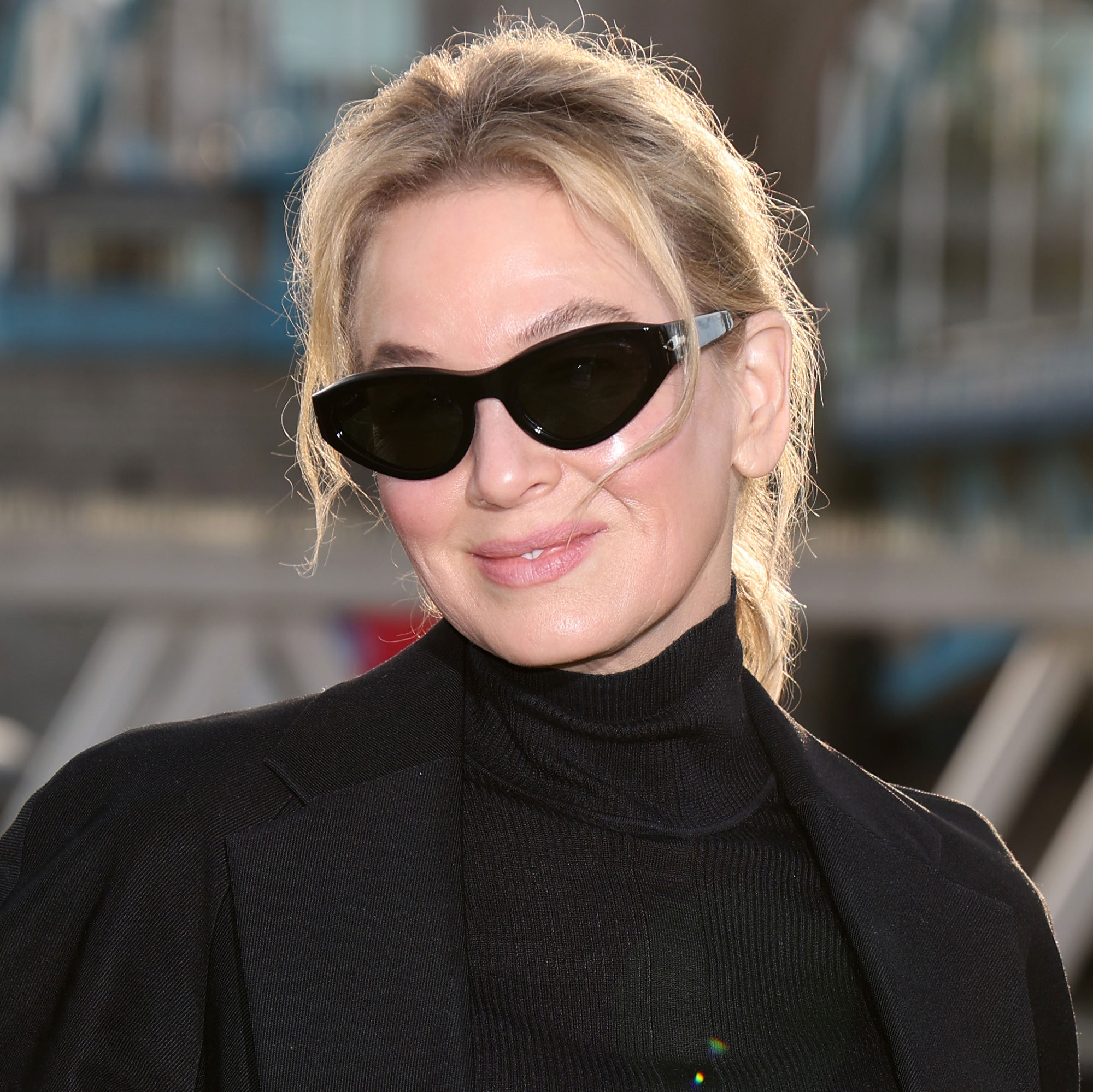 Not Into Trends? Renée Zellweger's Winter Outfit Combo Is 100% Classic
Not Into Trends? Renée Zellweger's Winter Outfit Combo Is 100% ClassicJust as you are.
By Drew Elovitz
-
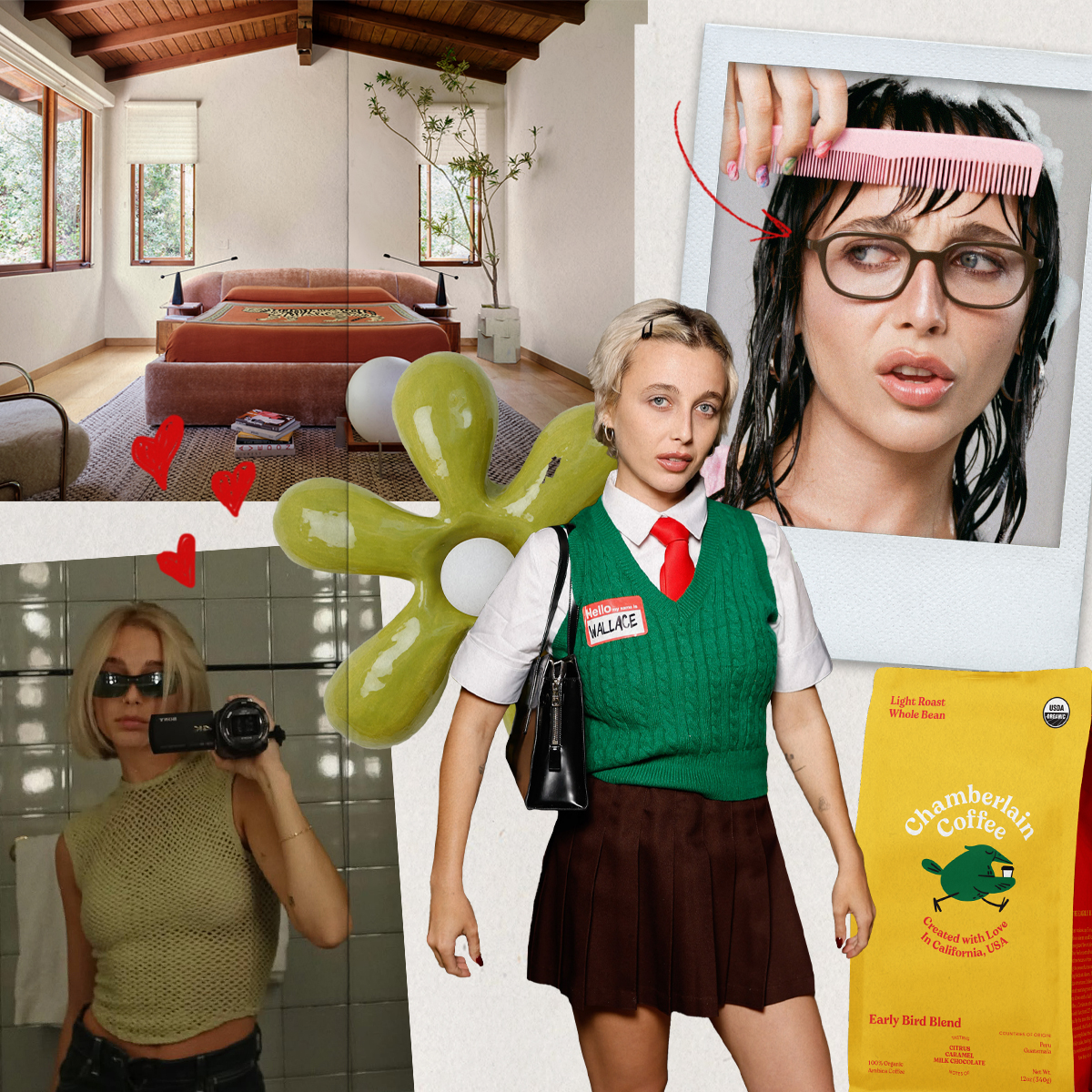 Emma Chamberlain's World: Her Warby Parker Collab, Two-Phone Rule, and Spiciest Fashion Takes
Emma Chamberlain's World: Her Warby Parker Collab, Two-Phone Rule, and Spiciest Fashion Takes"I just want to bring the most joy to people."
By Anna LaPlaca
-
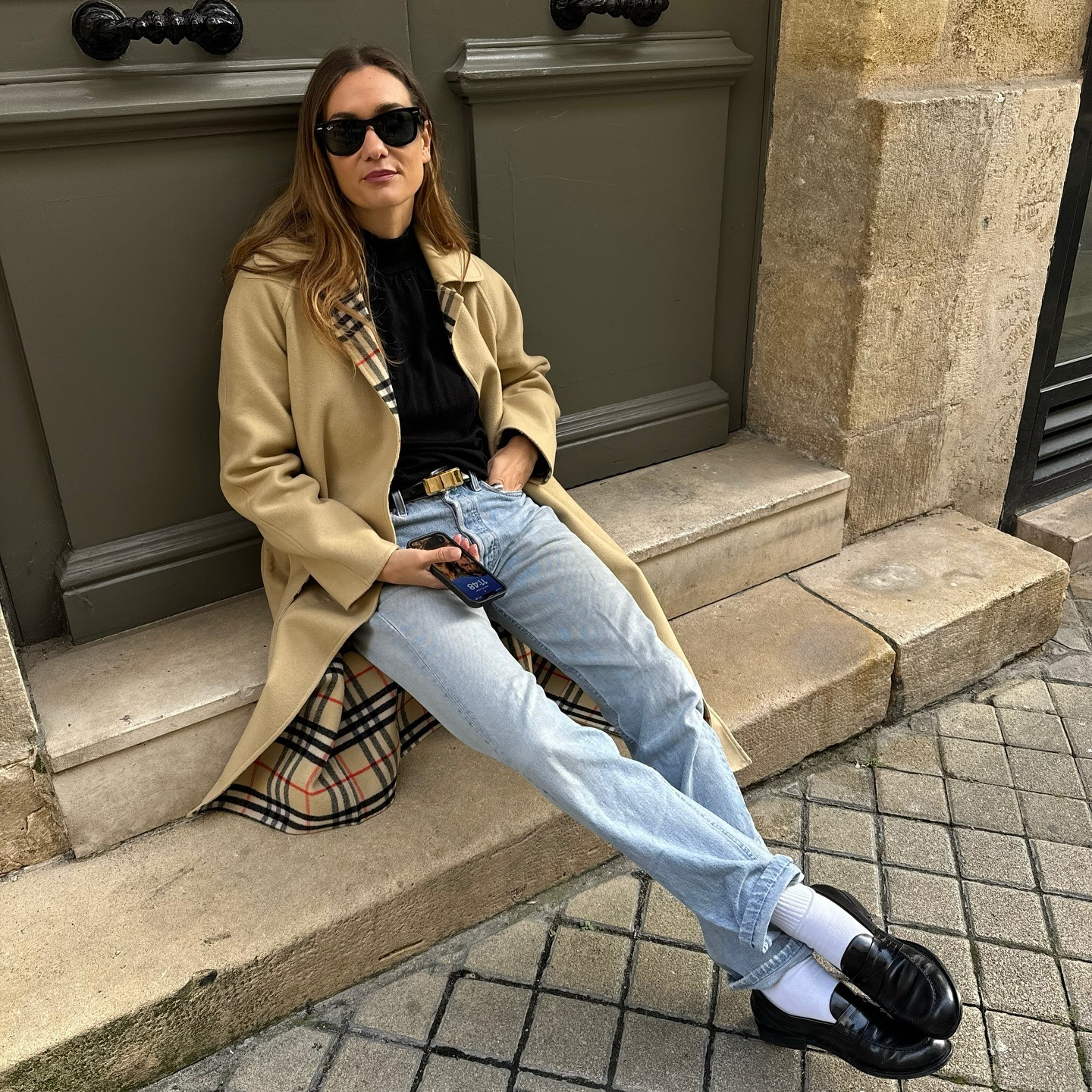 4 Anti-Trend Outfits I Spot Every Time I'm in Europe
4 Anti-Trend Outfits I Spot Every Time I'm in EuropeClassic looks that are always in style.
By Natalie Cantell
